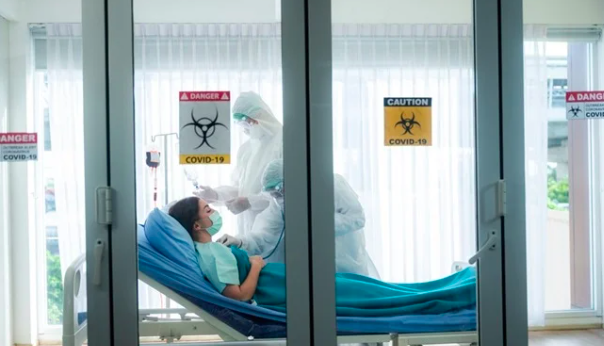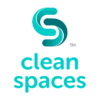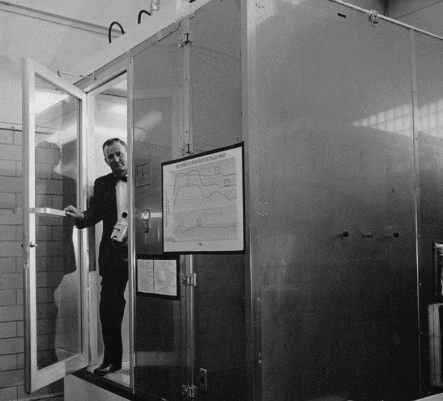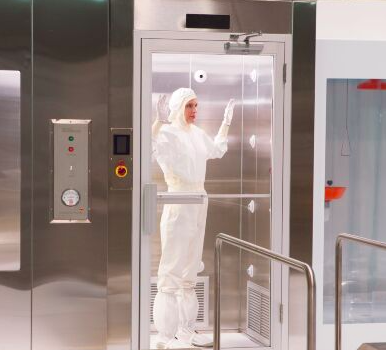Ever since the COVID-19 pandemic, clean rooms have been used to prevent the spread of the virus in hospitals, laboratories, and other settings.

Many people, when they first learn about clean rooms, carry a simple belief that clean rooms only maintain sanitary protocols for tools and equipment, however, they serve other purposes as well.
In healthcare settings, clean rooms have been used to isolate and treat COVID-19 patients safely. Negative-pressure rooms are used to keep contaminated air from escaping the room, and HEPA filters are used to remove any airborne contaminants. This helps to protect healthcare workers and other patients from exposure to the virus. Clean rooms have also been used to manufacture personal protective equipment (PPE) and other medical supplies needed to combat the pandemic.
Viruses like COVID-19 that can lead to severe respiratory illness, pneumonia, and acute respiratory distress syndrome (ARDS), which can be life-threatening, obtain a power that requires containment and clean rooms have the ability to do that. These are some real-life examples of how clean rooms assisted the fight against COVID-19:
- Production of N95 masks: Clean rooms have been instrumental in the production of N95 masks, which are crucial in protecting healthcare workers from COVID-19. The clean room environment ensures that the masks are free from contaminants and meet strict quality standards. These are one of the main resources that people used to protect themselves and protect those around them.
- Vaccine production: The development and production of COVID-19 vaccines require a sterile and controlled environment to prevent contamination. Clean rooms have been used to manufacture vaccines and other medications needed to treat COVID-19.
- Testing facilities: Clean rooms have been used to set up testing facilities for COVID-19. These facilities require a sterile environment to ensure accurate test results and prevent contamination.
- Isolation units: Clean rooms have been used as isolation units for COVID-19 patients. Negative pressure rooms and HEPA filters are used to prevent contaminated air from escaping the room, protecting healthcare workers and other patients from exposure to the virus.
- Electronics manufacturing: Clean rooms have been used in the electronics industry to prevent contamination of sensitive equipment used in the development and manufacture of electronics. This equipment must be protected from even tiny particles that could affect its performance, including those used in telemedicine and other technologies that have become essential during the pandemic.
- Medical equipment manufacturing: Clean rooms have been used to manufacture personal protective equipment (PPE) and other medical supplies needed to combat the pandemic.
One of the most interesting concepts surrounding clean rooms is that not only are they used to maintain sterility and protection for the people using them and the equipment being sterilized, but they are also used to manufacture equipment that is used in other clean rooms. The entire industry is dependent on itself and Clean Spaces is dedicated to making this process easy and dependable.



